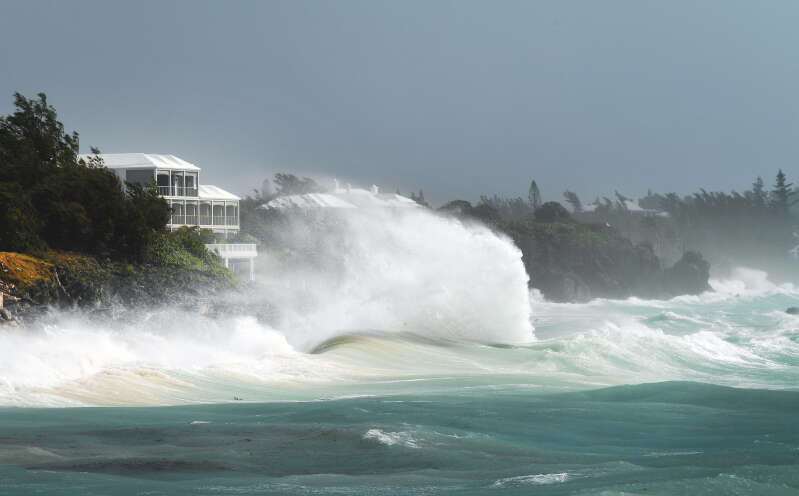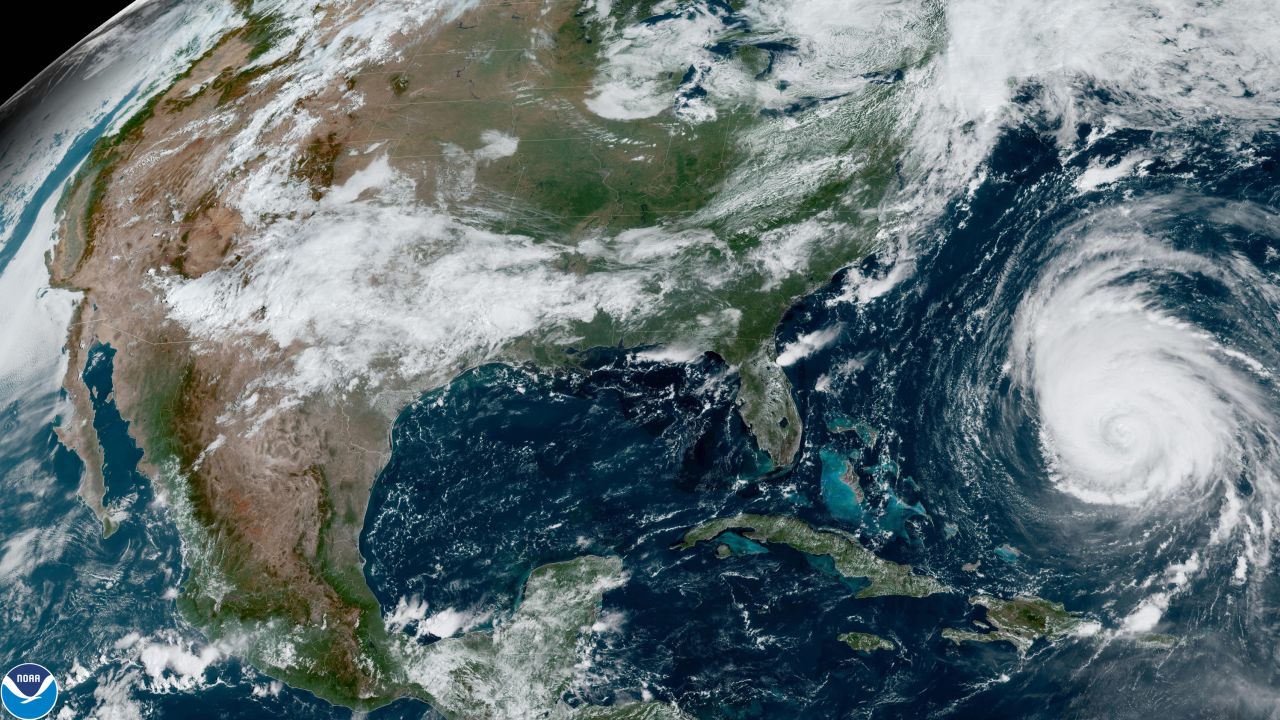Over 100,000 homes and businesses in Maine and eastern Canada lost power due to strong winds from the remnants of Hurricane Lee, according to USA Today.

Hurricane Lee Dissipates, Life-Threatening Surf Persists; Global Warming Could Affect Hurricane Activity| The Royal Gazette
Despite being downgraded to a post-tropical cyclone, the Hurricane Lee still had sustained winds of 45 mph.
Forecasters predicted that coastal flooding caused by the Hurricane Lee would subside by Sunday, and the storm could dissipate completely on Tuesday. After the Hurricane Lee, Tropical Storm Nigel was forecasted to gain hurricane strength but was not expected to hit the US.
Studies suggest that New England may experience more hurricanes and higher winds in the future as climate change continues. Hurricane storms like Sandy became post-tropical cyclones before reaching land, similar to Hurricane Lee.
The now post-tropical cyclone, Hurricane Lee created life-threatening surf and rip current conditions along the Atlantic Coast, causing flight cancellations and delays.
Climate change is playing a role in increasing the threat of hurricanes in the Northeast region of the United States.
While the Northeast is more accustomed to nor’easters, recent storms like Hurricane Lee have shown that powerful storms can still pose a danger, even in colder Northern waters, USA Today reported.
As the climate continues to change, conditions may become more favorable for hurricane winds in the region.
Research suggests that tropical cyclones may spin farther north than before, affecting cities like New York and Boston, USA Today added.
READ MORE| Hurricanes almost never hit New England. That could change as the Earth gets hotter.
























